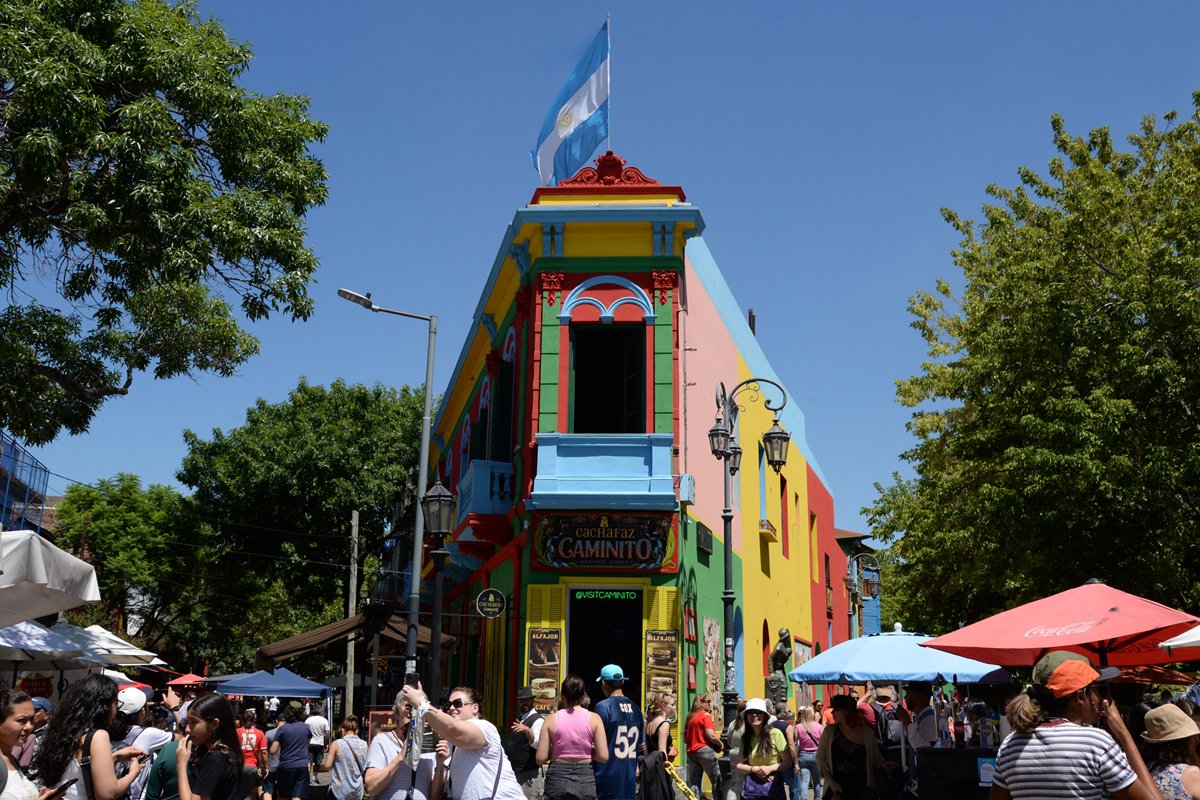
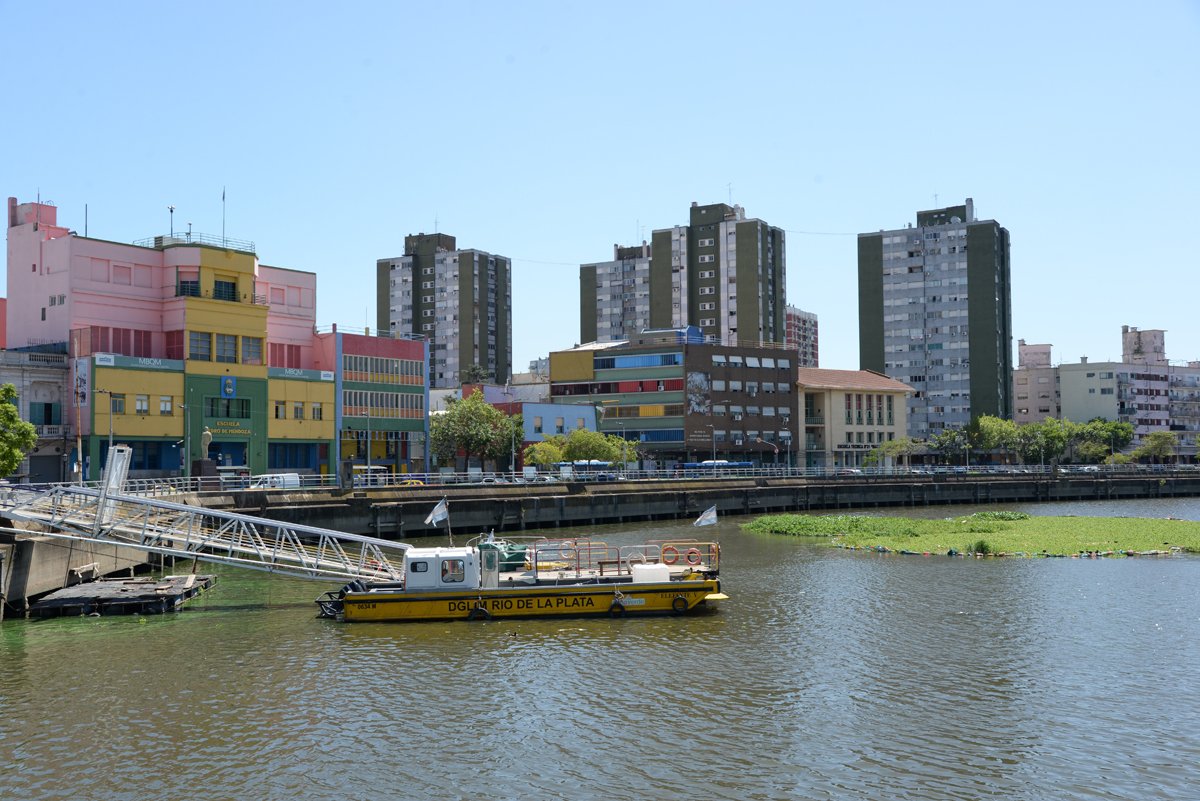
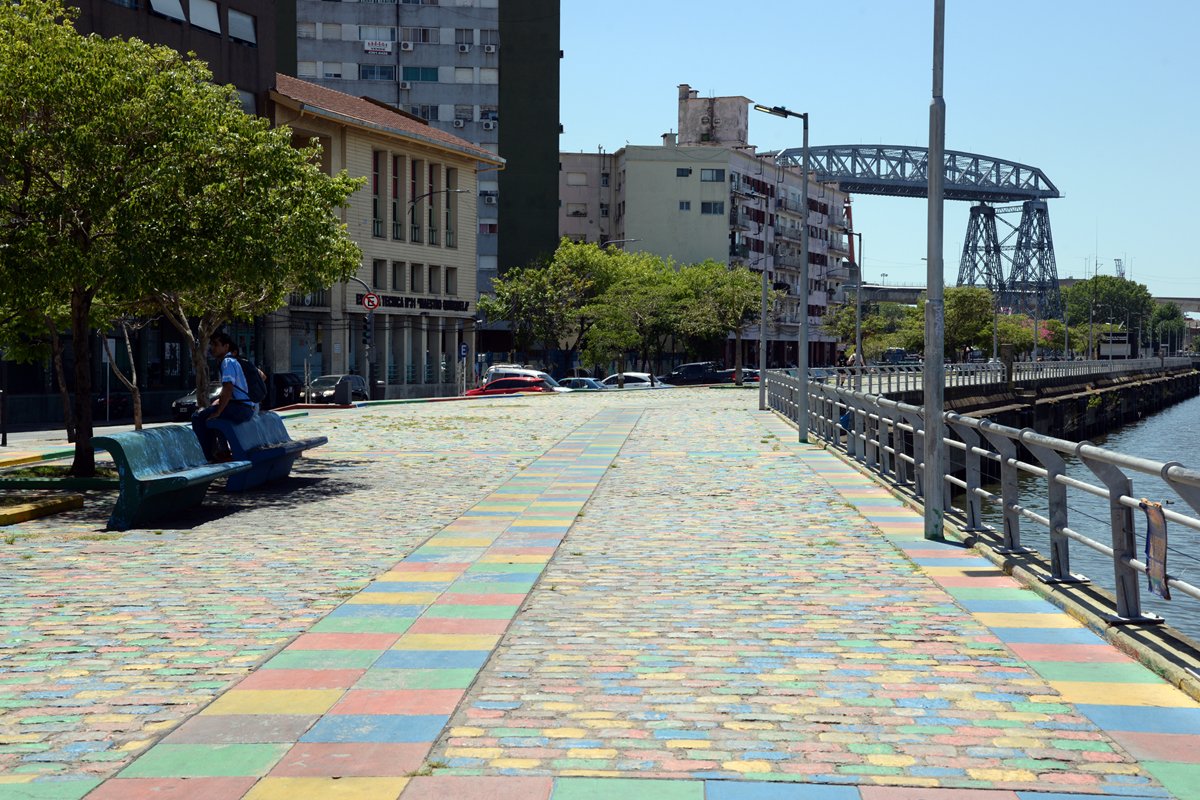
We started our walk at the harbor on a guided walking tour. This is close to where we got off the bus. In the background on the photo above, you can see a huge steel construction. This bridge was the first one that would link Buenos Aires across the Riachuelo River. It funstioned as a transporter bridge, designed to carry both cars, carts and pedestrian. I think it was operational from around 1914.
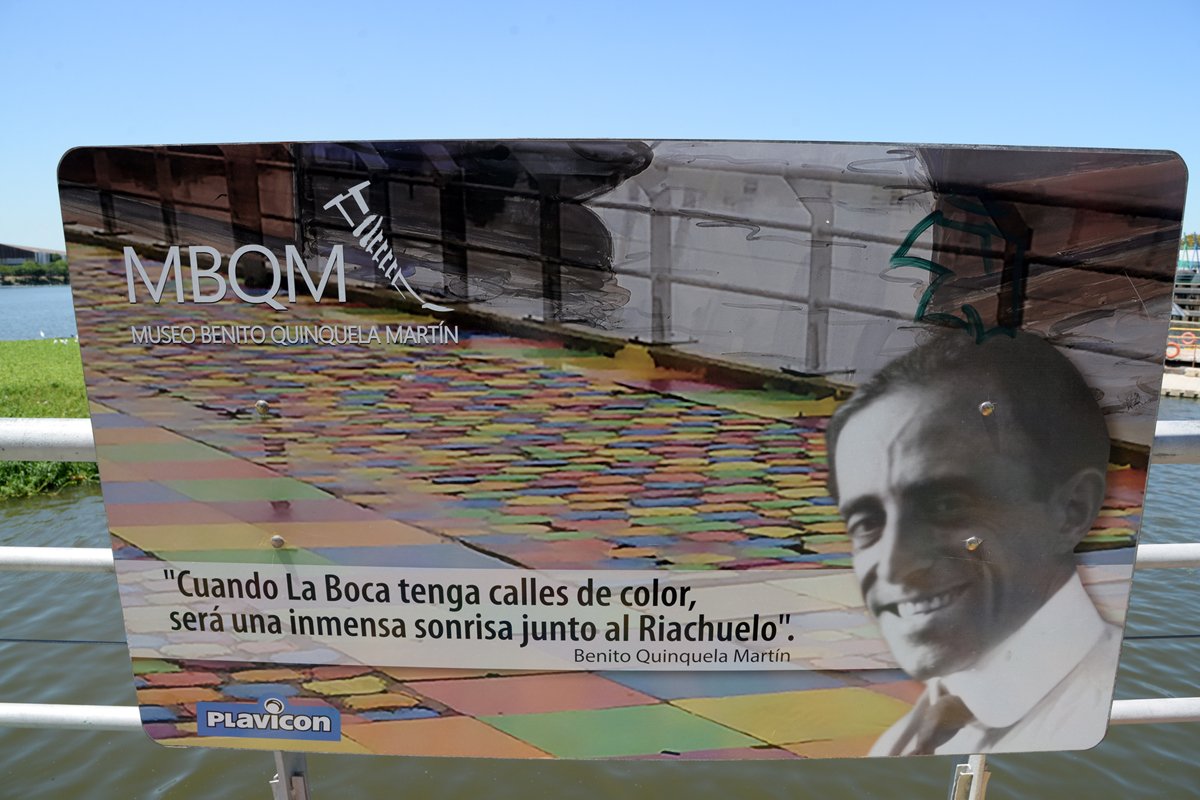
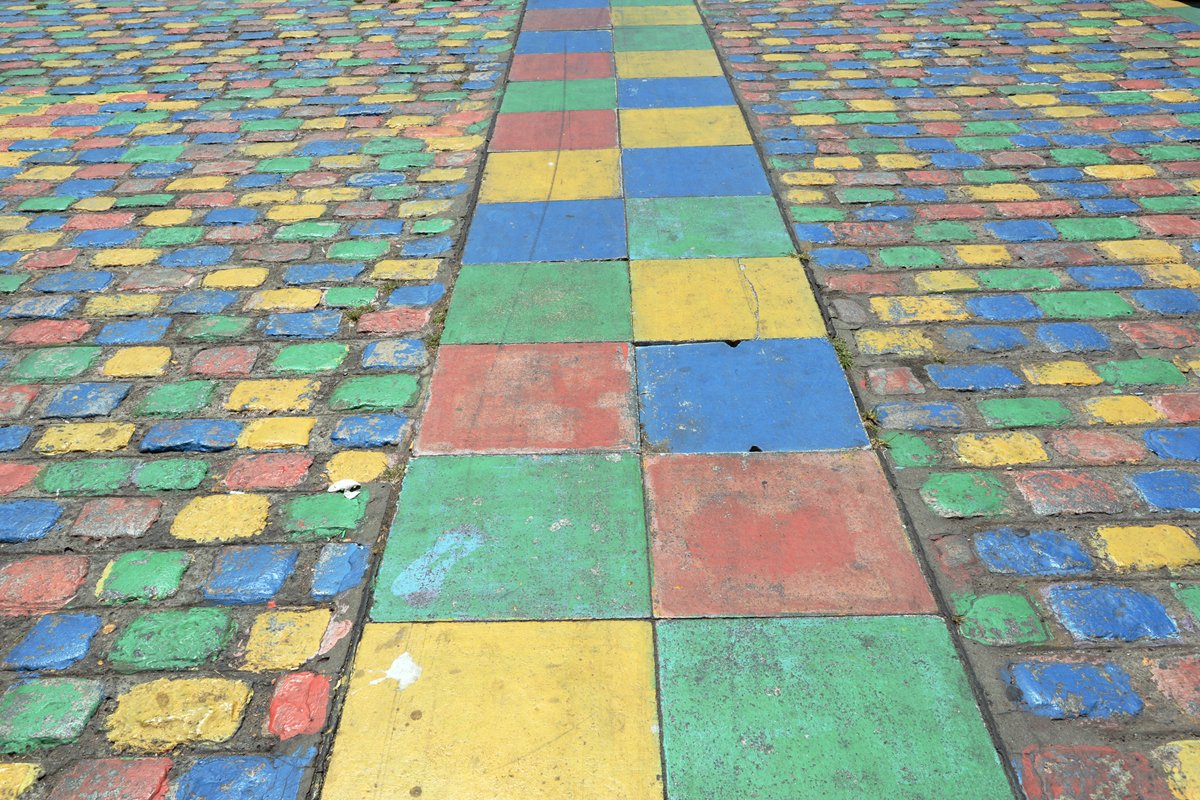
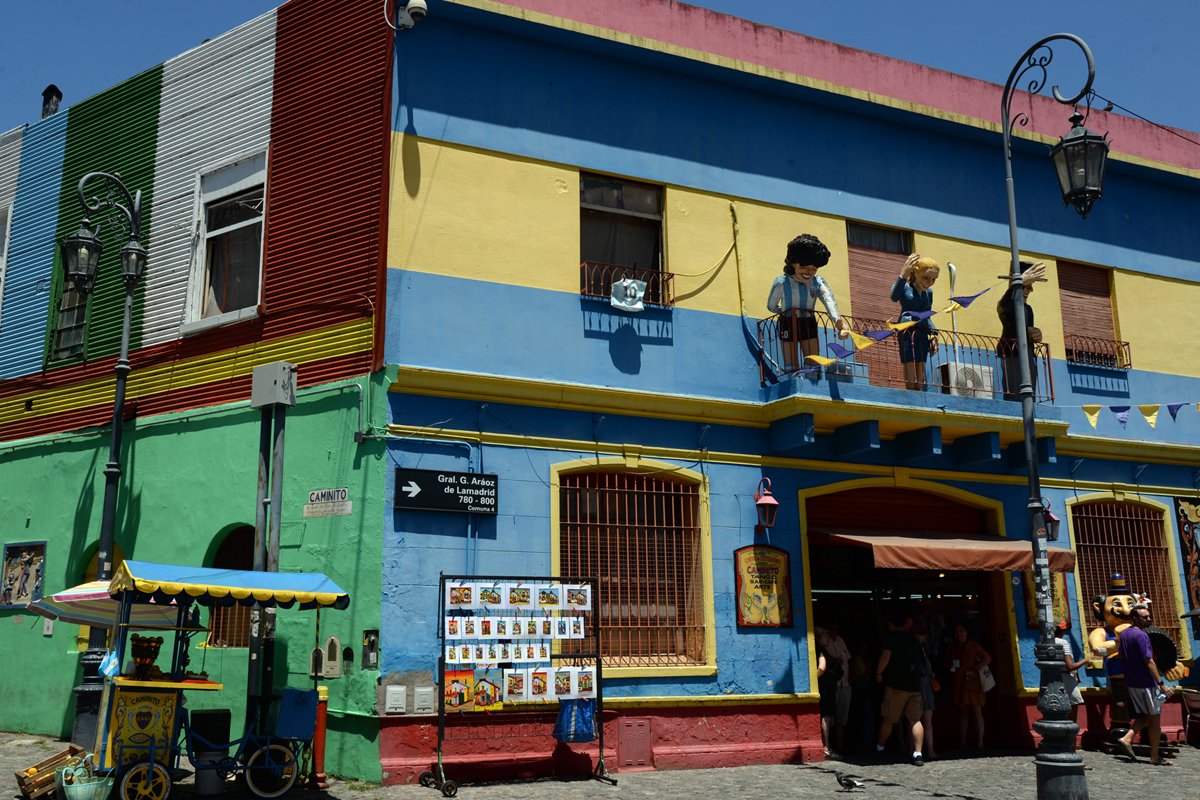
As mentioned, we start our tour at the harbor. Notice the colerful cobblestones along the harbor front. Benito Quinqela Martin started painting these cobblestones and it was on his initiative that Caminto started to emerged in the 1950s. Colorful Caminito emerged because of this artist.
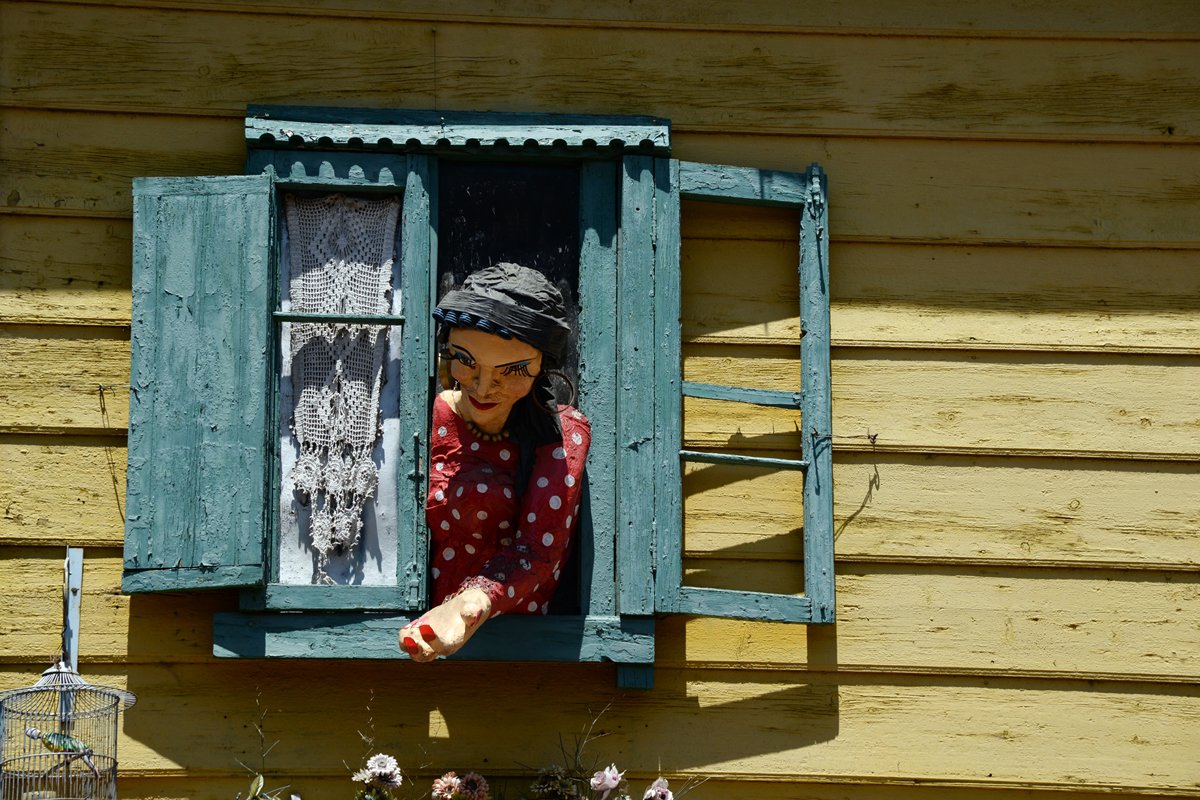
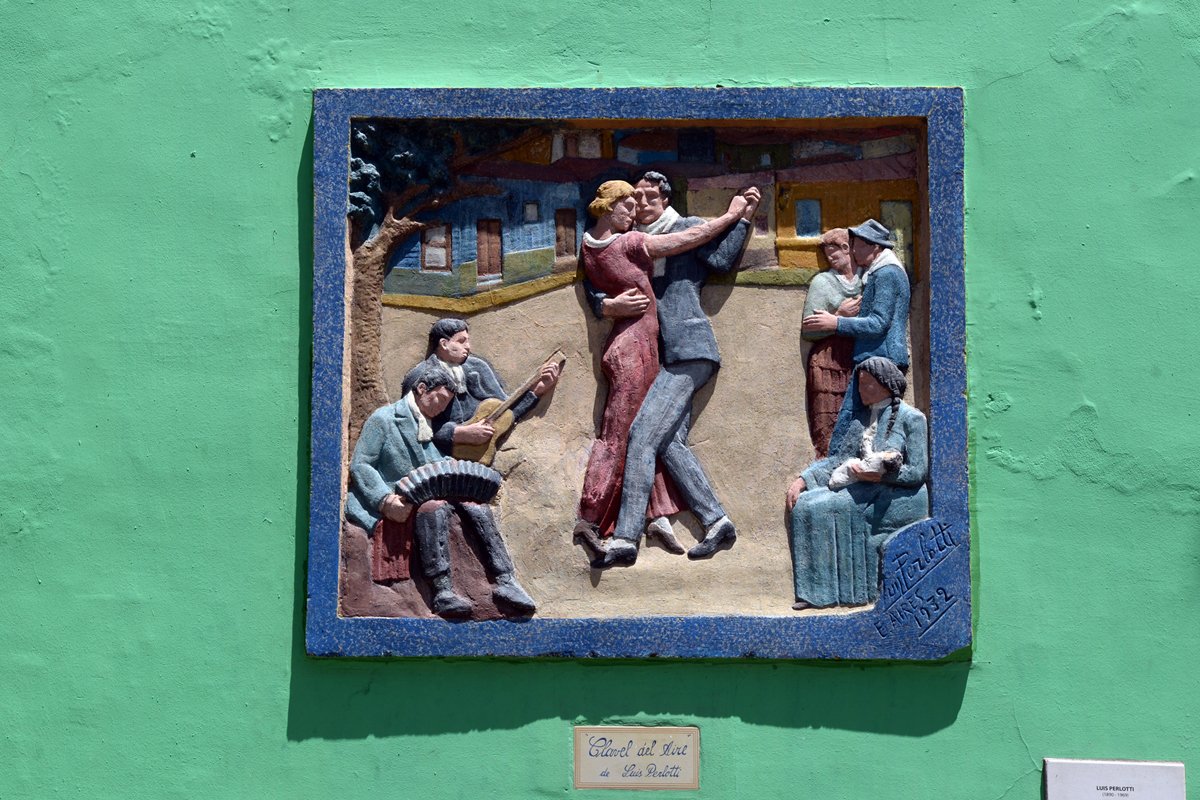

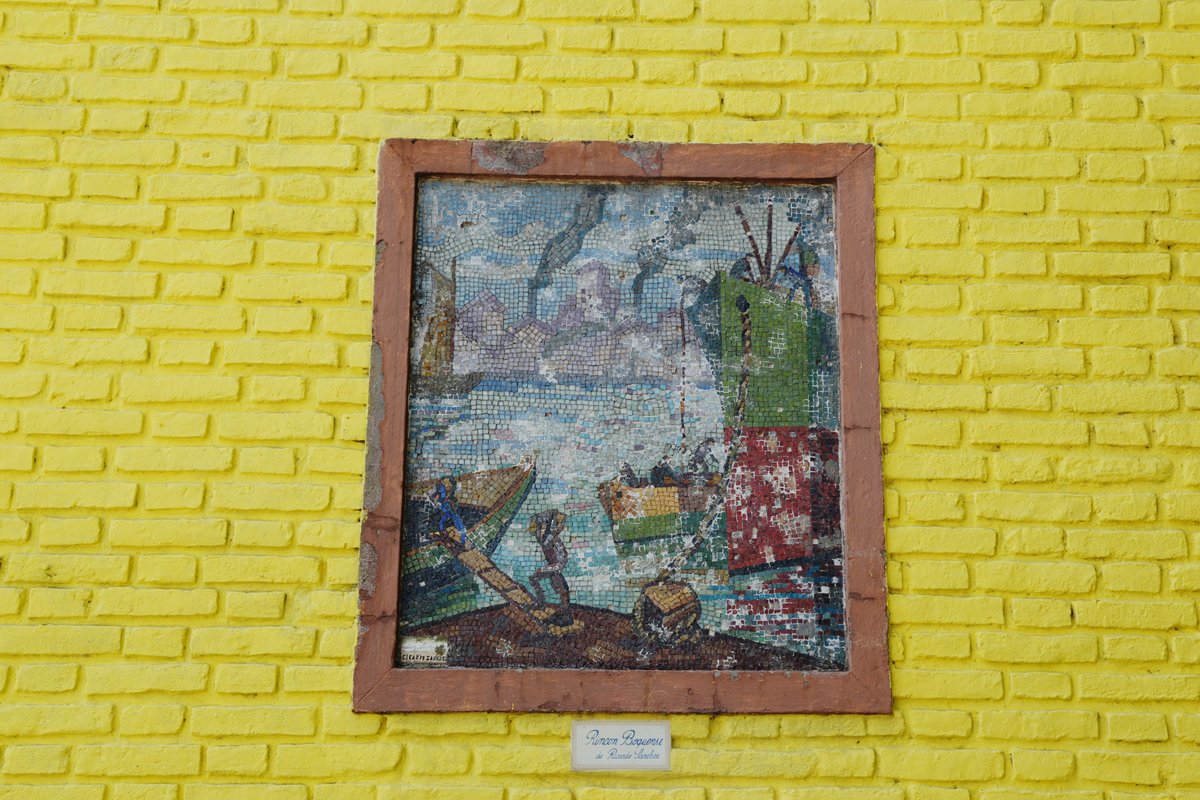
The guide started the history lessong at the harbor front. Argentina got independence in 1816 (from Spain). A total of six million immigrants arrived Argentina during the years 1960 -1930. These numbers actually rivals the number of immigration to New York. As we walked the streets, it was not only the colored houses, but art in all it's forms as you can see on the photos.

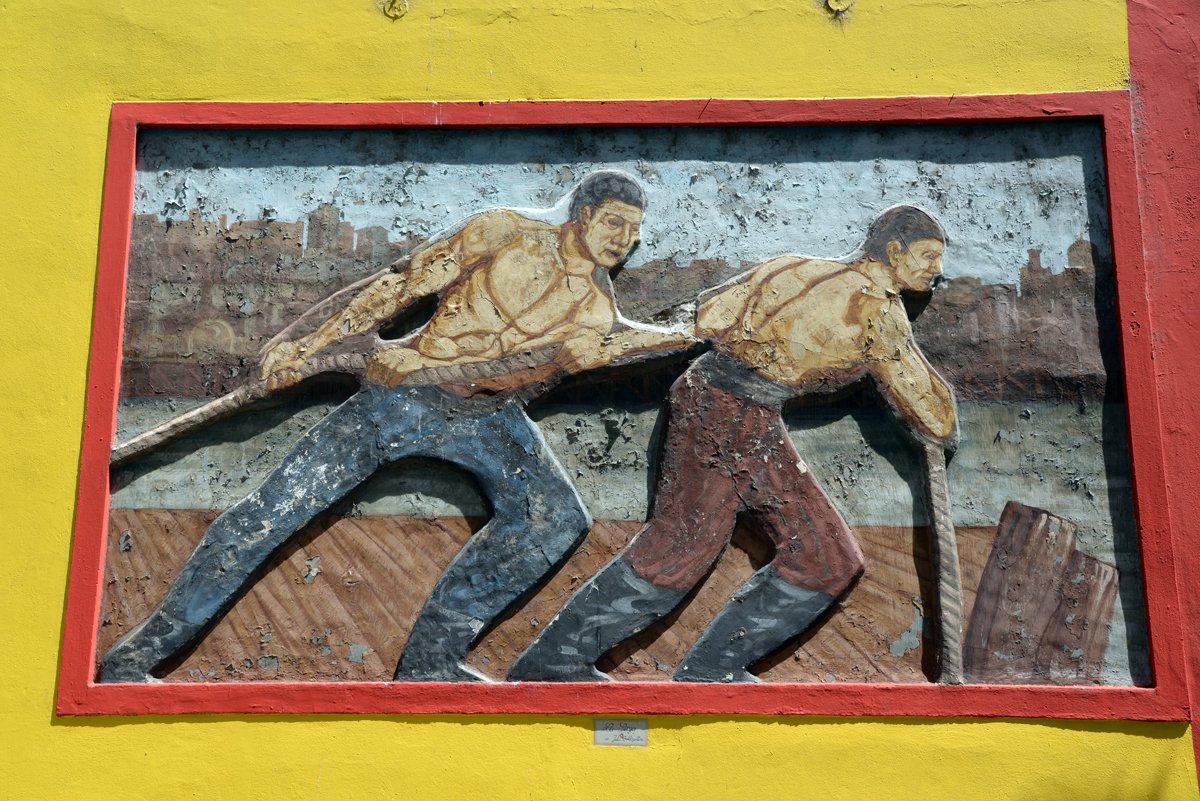
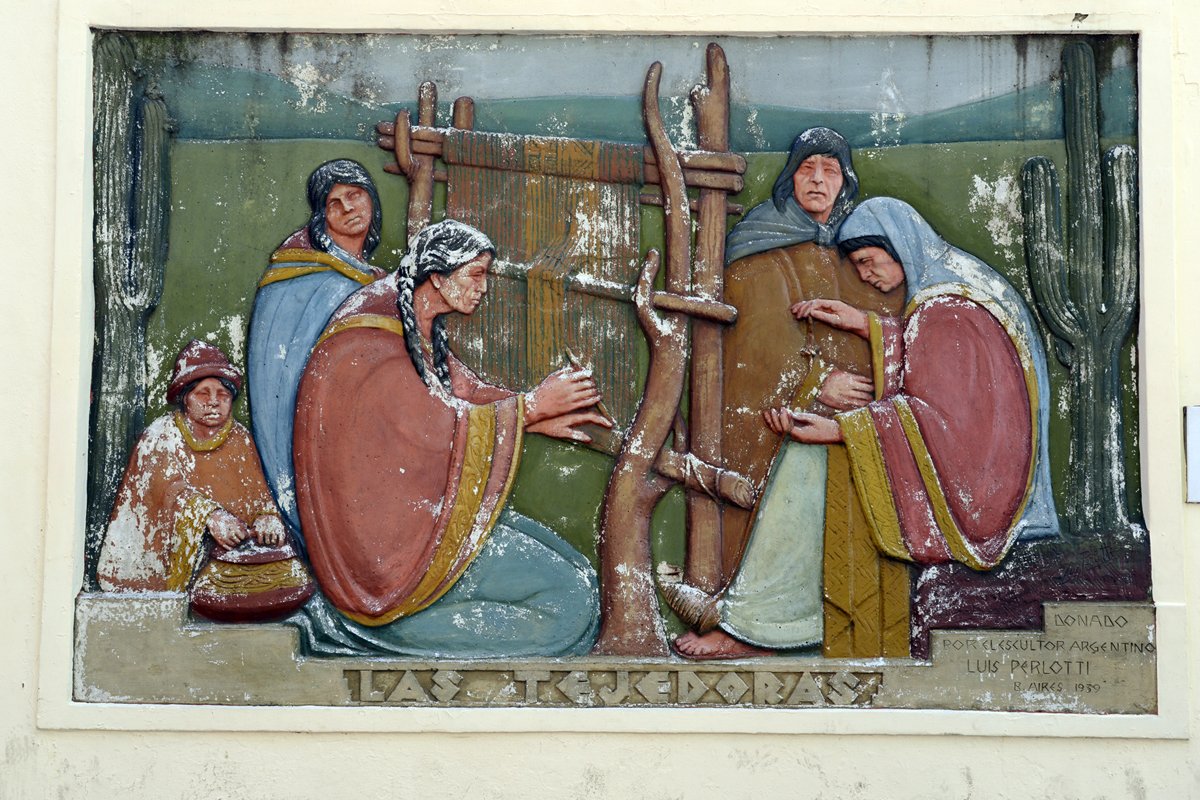
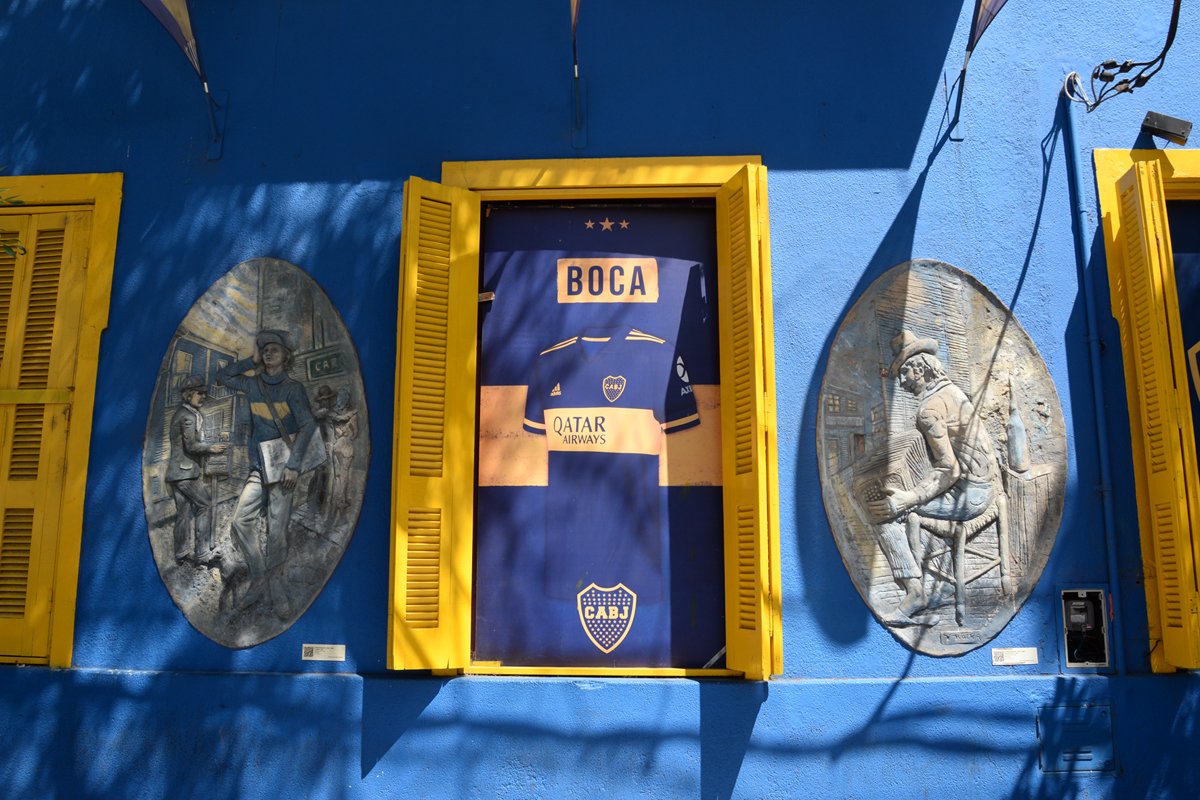
La Boca has interesting street art as well. Many of the murals have either politcal or social meaning. La Boca is also home to the La Bombonera. This is the soccer stadium of Boca Juniors. It is especially know for being the club of Diego Maradonna.
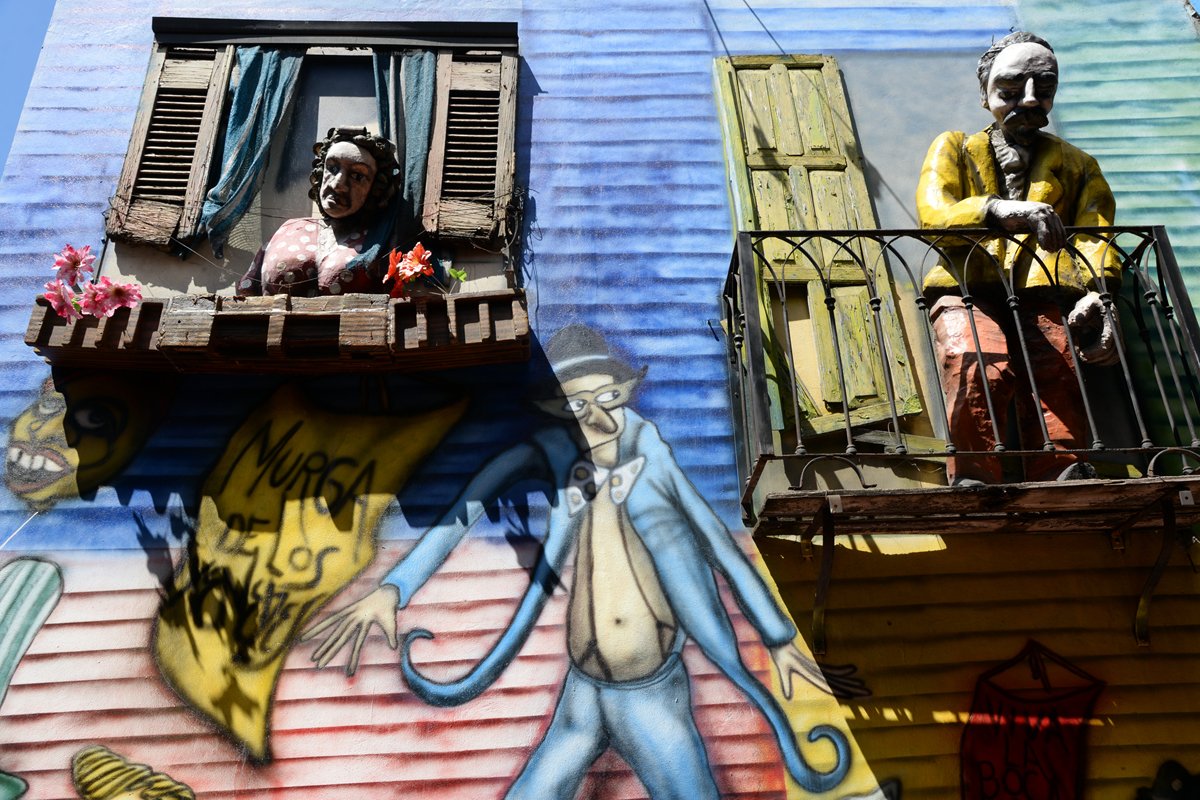
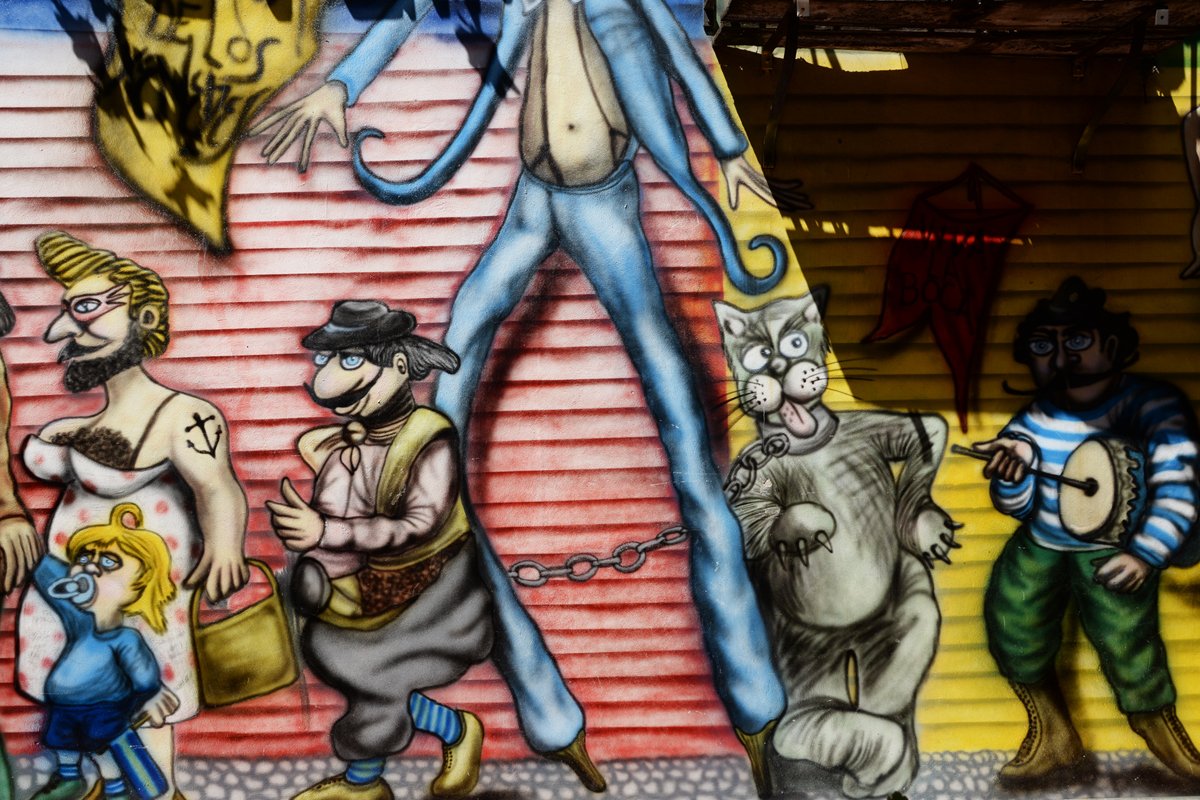
If any of you reading this post is planning to visit Buenos Aires some day, then I hope you get time enough to pay La Boca a visit. After spending a day here, I felt I had got a much better understanding of La Boca and the history of not only La Boca, but Argentina.

Please do follow if you want to keep up with my next travel post. Any upvotes or resteems are hugely appreciated!
Latest powerup post, check out :
#TRAVEL My Weekly Powerup | #club5050 | Chicken and vegetable dishes in the Himalayas (Nepal) | #steemexclusive / 6 photos
U.J
Kristiansand, Norway
All the photoes are mine, Ulla Jensen (flickr, Instagram and facebook)
Follow us for our blogs about travel, art, article and photo

